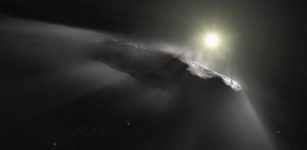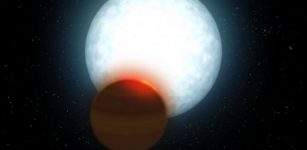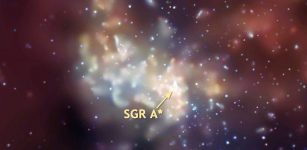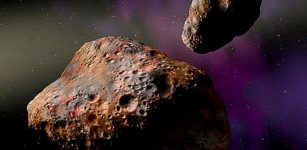Star Cluster Lost To Time By Astronomers And Case Of The Phoenix Stream Progenitor
Eddie Gonzales Jr. – MessageToEagle.com – An international team of astronomers has discovered the remnant of an ancient collection of stars that was torn apart by our own galaxy, the Milky Way, more than two billion years ago.
Our Galaxy is home to about 150 globular clusters. They are very old and have witnessed the growth of the Milky Way over billions of years.
Researchers measured the speeds of a stream of stars in the Phoenix constellation, revealing them to be remnants of a globular cluster that was pulled apart by the gravity of the Milky Way about two billion years ago.
“Once we knew which stars belonged to the stream, we measured their abundance of elements heavier than hydrogen and helium; something astronomers refer to as metallicity. We were really surprised to find that the Phoenix Stream has very low metallicity, making it distinctly different from all of the other globular clusters in the Galaxy, “lead author and University of Sydney Ph.D. student, Zhen Wan said in a press release.
“Even though the cluster was destroyed billions of years ago, we can still tell it formed in the early Universe from the composition of its stars.”
Observations of other globular clusters have found that their stars are enriched with heavier elements forged in earlier generations of stars. Current formation theories suggest that this dependence on previous stars means that no globular cluster should be found unenriched and that there is a minimum metallicity ‘floor’ below which no cluster can form.
But the metallicity of the Phoenix Stream progenitor sits well below this minimum, posing a significant problem for our ideas of globular cluster origins.
“This stream comes from a cluster that, by our understanding, shouldn’t have existed,” said co-author Associate Professor Daniel Zucker from Macquarie University.
According to S5 team leader, Dr. Ting Li from Carnegie Observatories “one possible explanation is that the Phoenix Stream represents the last of its kind, the remnant of a population of globular clusters that were born in radically different environments to those we see today.”
As yet, there is no clear explanation for the origins of the Phoenix Stream progenitor cluster and where it sits in the evolution of galaxies remains unclear.
Is the Phoenix Stream unique? Finding more such streams would give astronomers more knowledge about them.
Written by Eddie Gonzales Jr. – MessageToEagle.com Staff










